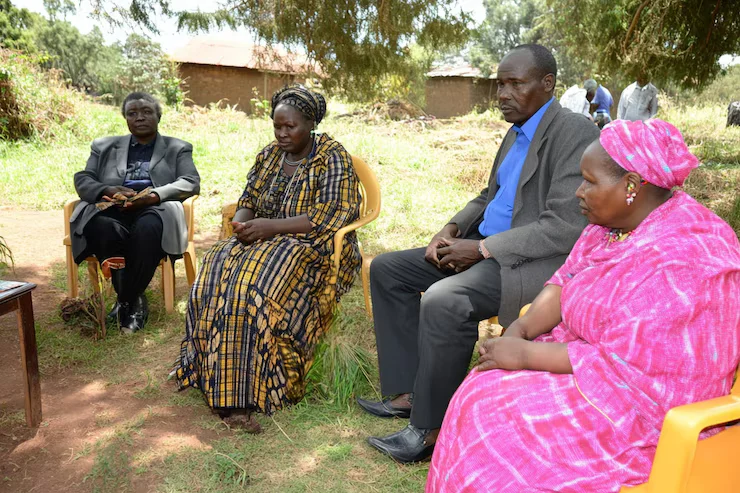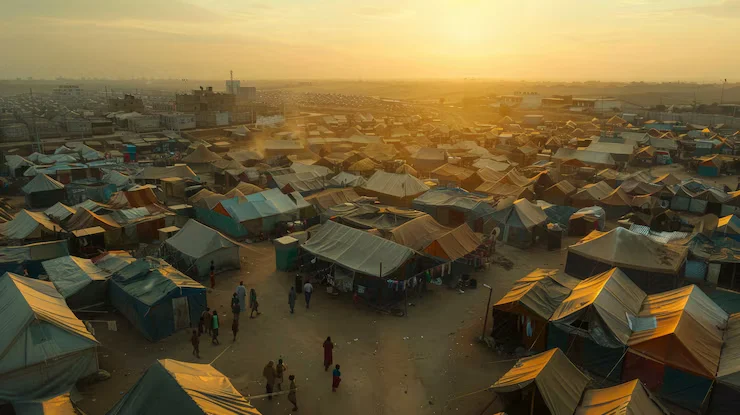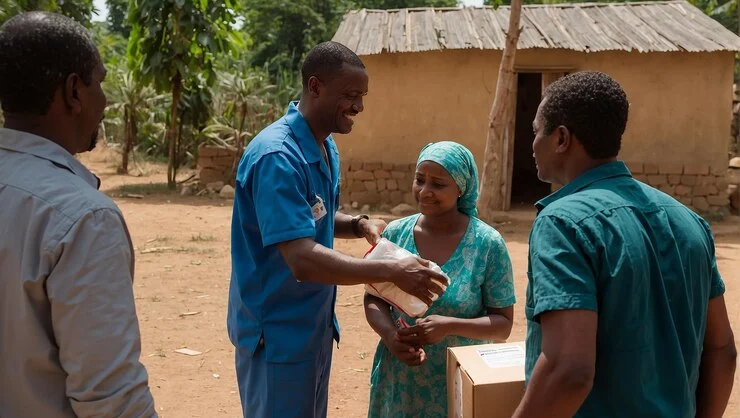A Country in Crisis
The Democratic Republic of Congo (DRC) is home to one of the most protracted and complex humanitarian crises in the world. Decades of conflict, displacement, political fragility, and underdevelopment have left communities fractured and basic systems struggling to function. Despite the presence of humanitarian actors, peacekeeping missions, and billions in international aid, the cycle of violence persists especially in eastern provinces like North Kivu, South Kivu, and Ituri.
What often undermines progress is not just the absence of interventions, but the lack of systems to track effectiveness, understand community needs, and adapt to evolving risks. This is where Monitoring and Evaluation (M&E) becomes critical not as a technical requirement, but as a strategic approach to peacebuilding, resilience, and development.
1. Enhancing Evidence-Based Peacebuilding and Reintegration

One of the key components of post-conflict recovery is Disarmament, Demobilization and Reintegration (DDR). In the DRC, hundreds of ex-combatants many of them child soldiers require structured reintegration into civilian life. Without robust M&E systems, these programs risk symbolic implementation without sustainable outcomes.
An evaluation framework that tracks long-term social, economic, and psychological reintegration indicators can:
- Highlight the success or failure of training and livelihood programs
- Assess community acceptance and re-entry dynamics
- Identify unintended negative effects, such as stigmatization or gender-based violence
M&E also ensures that reintegration funding is not only accounted for, but that it delivers transformational results, not just transactional outputs.
2. Improving Humanitarian Targeting and Resource Allocation

In a country where over 6 million people are internally displaced, humanitarian needs are immense but resources are finite. M&E provides the data necessary to prioritize interventions, avoid duplication, and ensure equity in service delivery.
Monitoring real-time movement patterns and service uptake in IDP camps can help:
- Prevent overcrowding and poor sanitation
- Identify critical health or WASH service gaps
- Adjust supply chain logistics based on actual demand.
Community feedback mechanisms can also surface protection concerns or exploitation risks not captured in top-down systems.
3. Embedding Early Warning Systems into M&E Frameworks
Conflict is often preceded by grievances, disinformation, or exclusion. A strong M&E system can integrate early warning indicators such as spikes in tension, migration patterns, or the breakdown of community dispute mechanisms.
Trained M&E officers can:
- Deploy peace facilitators and mediation teams early
- Mobilize emergency services before escalation
- Adjust risk and contingency plans
In eastern DRC, this is not optional it is essential.
4. Holding Systems and Partners Accountable in Fragile Environments
Accountability is often the first casualty in fragile states. Without it, aid can fuel corruption, worsen inequality, or be captured by elites.
M&E systems with community verification and third-party oversight can:
- Monitor aid distribution and spending
- Ensure transparent procurement and cash transfers
- Track implementation of donor commitments
Tools like community scorecards, SMS feedback lines, and participatory audits are adaptable to DRC.
5.Building Adaptive, Locally-Led Programming
In conflict zones, rigid plans developed in Geneva or Kinshasa often fail. M&E fosters learning cultures where implementers adapt to field realities.
In DRC, M&E must be:
Locally led systems yield more resilient and relevant results.
6. Strengthening Donor Confidence and Strategic Impact
In contexts like DRC, donors need credible data to justify support, scale proven approaches, and exit responsibly.
For instance, a longitudinal evaluation of trauma-informed education in North Kivu could inform post-conflict education globally.
Conclusion: Data as a Tool for Peace
The DRC’s challenges are deeply rooted, but data offers a pathway through complexity. Monitoring and Evaluation is not a silver bullet it is the compass for resilient peacebuilding.
In the hands of trained professionals and informed communities, Monitoring and Evaluation can transform fractured systems into foundations for peace.
At Insight and Social, we believe that reliable data and locally led M&E strategies are key to building lasting peace in fragile contexts like the Democratic Republic of the Congo (DRC). Partner with us to design, implement, and evaluate impactful solutions rooted in community realities.
Ready to make data work for peace? Contact Us Today and let’s build resilient systems together.





